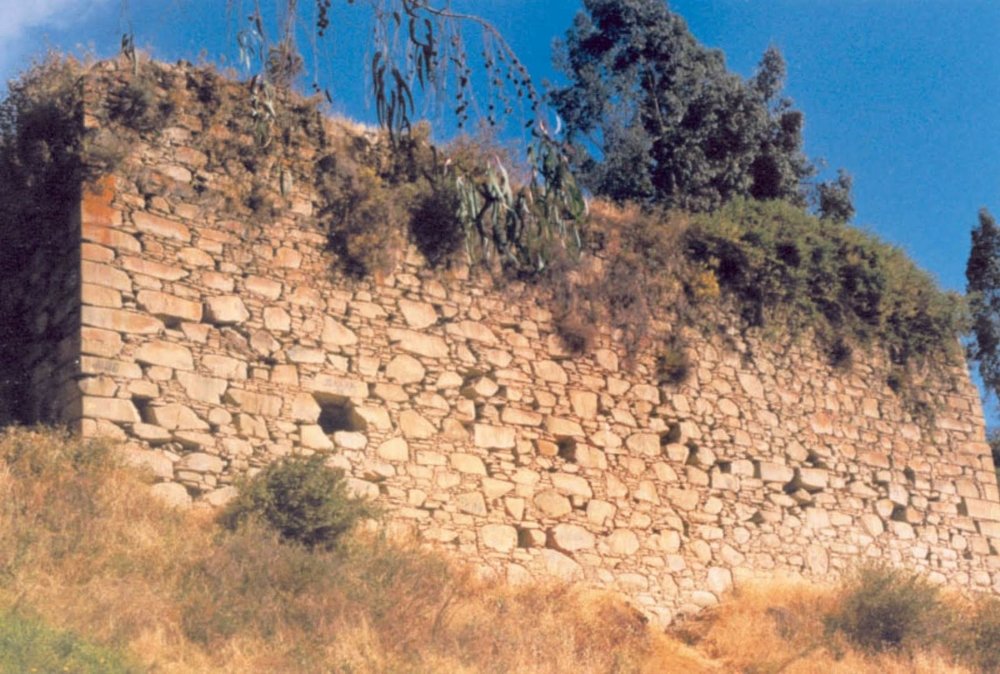Archaeological Site of Pashas | Ancash
The Archaeological Site of Pashas | Ancash is located in the province of Bolognesi, in the region of Ancash, Peru, in the district of Aquia, at an altitude of around 3,800 metres above sea level, in the Cordillera Negra of the Peruvian Andes. The area is accessible by road from the city of Huaraz, the capital of the Ancash region, and other nearby points. This site is known for its impressive lithosculptures, carved in granite rocks, dating back to pre-Inca times.
History
It dates back to pre-Inca times, when it was inhabited by ancient civilisations that left a significant cultural legacy in the Andean region.
The Pashas lithosculptures are testimonies of the presence and activity of these pre-Inca civilisations. Carved in granitic rocks, these lithosculptures represent diverse anthropomorphic, zoomorphic and geometric figures, and are considered to be one of the main examples of rock art in the Peruvian Andes.
The exact dating of the Pashas lithosculptures is difficult to establish, but they are believed to date from periods ranging from the Pre-Ceramic to the Late Intermediate, spanning a wide time range possibly extending from 1800 BC to 1000 AD.
These lithosculptures are not only artistic expressions, but also manifestations of the worldview and religious beliefs of the ancient cultures that inhabited the region. It is believed that the figures represented in the lithosculptures have symbolic meanings and are related to fertility, nature and the sacred.
The Pashas Archaeological Site is an important testimony to the rich history and culture of the pre-Inca civilisations in northern Peru. Its study and preservation are fundamental to better understand the region’s past and to appreciate the cultural diversity of the ancient inhabitants of the Peruvian Andes.
Recommendations
- Prior research: Before your visit, research the history and culture of the region, as well as the lithosculptures and their significance. This will help you better understand what you will see and appreciate the importance of the archaeological site.
- Guided tour: Consider taking a guided tour with a local expert. This will allow you to get detailed information about the lithosculptures and the history of the site, as well as ask questions and get first-hand answers.
- Appropriate clothing and footwear: Be prepared to walk over uneven terrain, so wear comfortable clothing and footwear suitable for walking. Also consider bringing a light coat, as the temperature can be cool due to the altitude.
- Sun protection and water: The sun can be strong in the region, so be sure to bring sunscreen, a hat and sunglasses to protect yourself. Also, bring plenty of water to keep you hydrated during your visit.
- Respect for the site: Remember that you are visiting an important archaeological site, so treat the area with respect. Do not touch or climb on the lithosculptures, and follow the instructions of the site staff.
- Photography: Don’t forget to bring a camera to capture the special moments of your visit. However, be sure to respect any restrictions on photography that may be in place at the site.
- Enjoy the surroundings: In addition to the lithosculptures, enjoy the natural environment of the archaeological site, which offers breathtaking views of the Cordillera Negra and the beauty of the Peruvian Andes.












